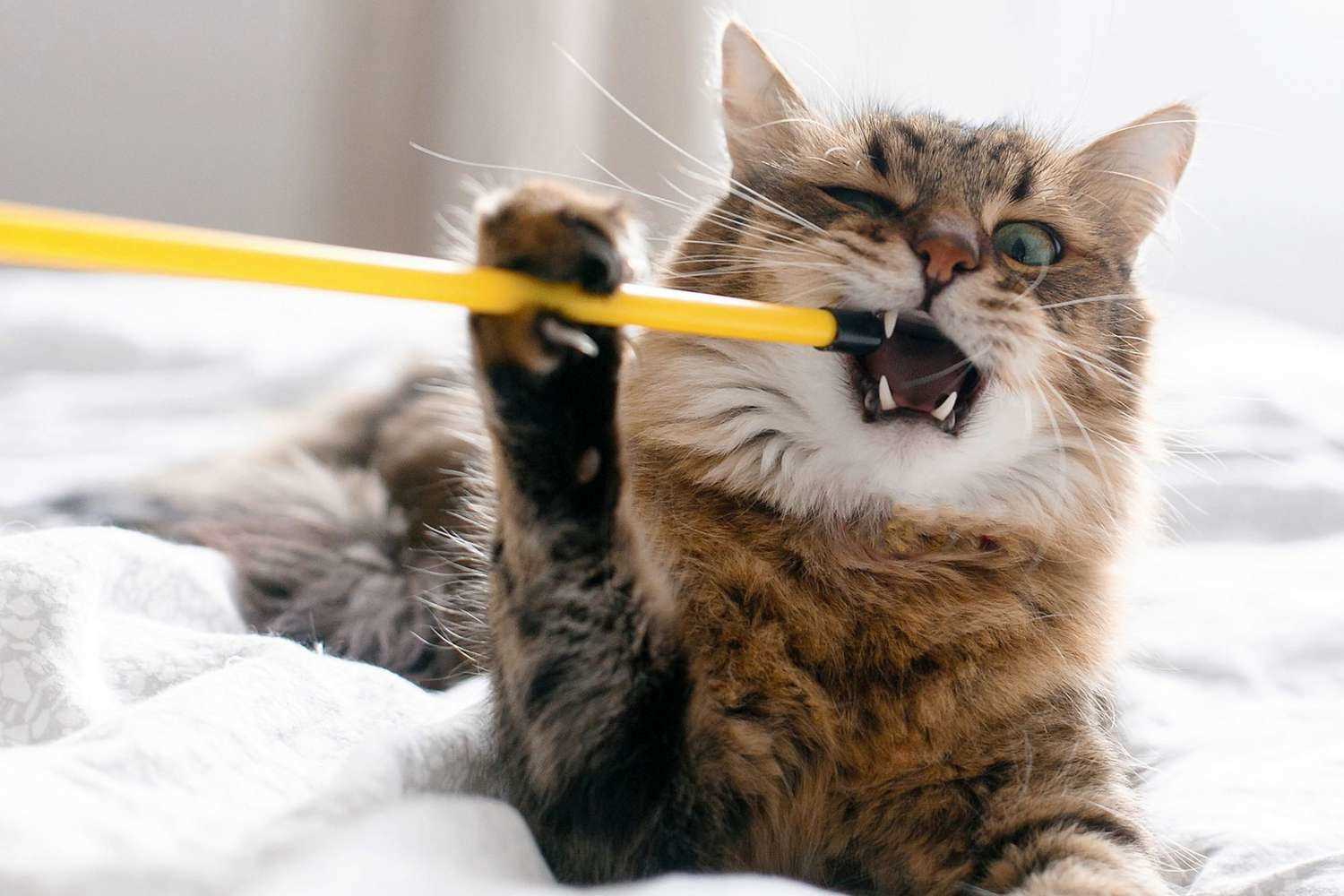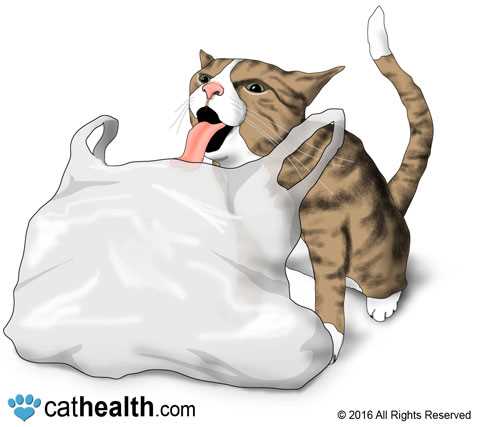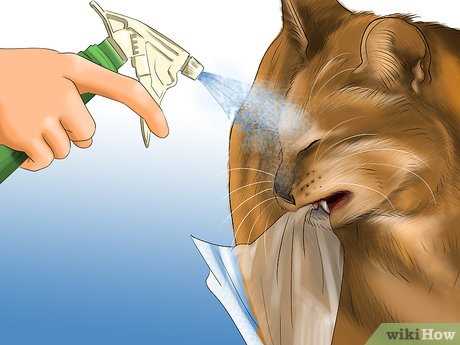It’s simple: the texture and scent of certain materials intrigue me. When I nibble on those shiny wrappers or crunchy bags, it ignites my curiosity. Humans may not understand, but for me, it’s a sensory adventure. The sound and feel of plastic can mimic the thrill of hunting, making it an exciting experience.
Many of my furry friends share this odd attraction. It’s not uncommon for us to be drawn to these items, often due to their crinkly noise or the way they catch the light. Some believe that the smell of plastic can be reminiscent of certain food items, triggering a playful response. However, it’s crucial for my humans to ensure that I don’t ingest any of these materials, as it can lead to health issues.
To keep me safe, my humans have introduced alternatives. Toys with similar textures or sounds can satisfy my cravings without the risks associated with plastic. Providing engaging distractions, like interactive playthings or chewable items specifically designed for us, can redirect that fascination into safer avenues. A little creativity goes a long way in managing our peculiar habits!
Understanding My Plastic Cravings
Sometimes, my fascination with synthetic materials can be puzzling. It’s not merely about hunger; it stems from a mix of sensory experiences and instinctual behavior. The texture and crinkle of plastic bags or wrappers are undeniably intriguing. They mimic the sounds of prey, stimulating my hunting instincts.
Another factor to consider is boredom. Engaging with various items around the house becomes a form of entertainment. Offering interactive toys or puzzle feeders can redirect my attention and keep me mentally stimulated.
Some experts believe a deficiency in certain nutrients might prompt this behavior. Ensuring a balanced diet with all necessary vitamins and minerals is crucial. Consulting with a veterinarian can help determine if there’s a need for dietary adjustments.
In addition, stress can lead to unusual habits. Monitoring my environment for any changes and providing a calm space can alleviate anxiety. Playtime with my human can also be a great way to bond and channel energy positively.
Lastly, if curiosity leads to nibbling on plastic, redirecting this behavior is essential. Whenever I approach plastic, my human can gently discourage it by providing a toy instead. This method helps reinforce positive habits while satisfying my playful nature.
For an extra treat, my human often engages in cooking. The other day, they learned how to cook lasagna in electric skillet. The delicious smells wafting through the air are far more appealing than any plastic!
Understanding Feline Pica and Its Causes
For those puzzled by the peculiar habit of munching on non-food items, it’s vital to recognize pica, a condition marked by the consumption of materials like plastic, fabric, or paper. This behavior stems from various factors, including nutritional deficiencies, boredom, or stress.
Nutritional Deficiencies
Insufficient nutrients in the diet can trigger the urge to seek out alternative sources of sustenance. An unbalanced meal may lead to cravings for minerals or vitamins that are missing. Consulting with a veterinarian to evaluate dietary intake can be beneficial.
Behavioral Issues

Monotony or anxiety can provoke a feline to engage in chewing on inappropriate items. Providing stimulating toys and interactive playtime can alleviate boredom. Creating an enriching environment is essential for emotional well-being.
| Causes | Recommendations |
|---|---|
| Nutritional Deficiencies | Consult a vet for diet evaluation and adjustments. |
| Boredom | Introduce new toys and play sessions. |
| Stress or Anxiety | Provide a calm space and consider pheromone diffusers. |
Understanding the underlying reasons for this peculiar behavior allows for appropriate interventions, ensuring a healthier and happier life for all furry companions.
Common Types of Plastic That Attract Felines
Soft plastics like grocery bags are irresistible. The crinkly sound and texture mimic prey, making them a favorite among many of us.
Another appealing variety is the plastic wrappers from treats. The scent of food combined with the texture creates an enticing experience. I often find myself pawing at these wrappers, hoping for a snack.
Bottle caps, especially the ones from flavored drinks, are frequent targets. The small size and ability to roll capture attention instantly. Chasing them around is a fun game.
Hard Plastics and Their Allure
Rigid plastics, such as those from food containers, also catch interest. Their shapes and sounds can stimulate curiosity. A little nibble here and there can feel like an adventure.
Lastly, the plastic straws often found in cups are a source of fascination. Their movement and ability to bend make them seem alive. Many of us enjoy batting them around for fun.
Health Risks Associated with Plastic Consumption

Consumption of synthetic materials can lead to serious health issues. Ingestion may result in gastrointestinal blockages, which can be life-threatening without immediate veterinary intervention. Signs to watch for include vomiting, loss of appetite, or lethargy.
Some polymers contain harmful chemicals that may leach into the body, causing long-term health complications. These substances could disrupt endocrine function or contribute to the development of chronic conditions.
Additionally, sharp edges from torn pieces can cause oral injuries or internal cuts. Regular monitoring for signs of distress is crucial, especially if consuming foreign objects becomes a habit.
Providing safe alternatives for chewing and playing can reduce the likelihood of ingesting harmful items. Engaging in interactive play with proper toys diverts attention from hazardous materials and promotes healthy habits.
Consulting a veterinarian if unusual behaviors persist is advisable. They can offer tailored advice and, if necessary, conduct examinations to ensure overall health and well-being.
Ways to Discourage Your Feline Friend from Chewing on Plastic
Redirect attention to engaging toys. Offer a variety of options, such as feather wands, laser pointers, or interactive puzzle feeders. These alternatives can capture interest and keep playtime focused on healthier activities.
Secure all plastic items. Store bags, wrappers, and other plastic materials in closed cabinets or containers. This simple action removes temptation and reduces access to harmful substances.
Introduce safe chewing alternatives. Provide cat-safe chew toys made from natural materials. These can satisfy the urge to gnaw while ensuring safety and health.
Consider using deterrent sprays. Some products designed for furniture can also be effective on plastics. Apply these sprays to items that attract attention to help create a negative association.
Regular Environmental Enrichment

Increase stimulation through climbing structures and scratching posts. A well-placed cat scratching post for indoor cats can encourage exercise and exploration, diverting focus from undesirable chewing habits.
Engage in daily interactive play sessions. Spend time bonding and playing, which can reduce boredom and anxiety. A happy, stimulated feline is less likely to seek out inappropriate items.
Safe Alternatives to Satisfy Your Chewing Instincts
Opt for high-quality chew toys made specifically for felines. Look for options that are durable and designed to withstand biting. Rubber or silicone varieties can be excellent choices, providing a satisfying texture without health risks.
Consider catnip-infused items. These can engage me and channel my energy into playful chewing. Many brands offer plush toys stuffed with catnip, making them irresistible for a fun gnawing experience.
Natural wood sticks, such as those from cat-safe trees like willow or apple, can serve as a delightful alternative. Ensure they’re untreated and free from chemicals to keep risks at bay.
Offer edible chew treats that promote dental health. Look for options that are designed to clean teeth while satisfying my urge to chew. Ingredients like chicken or fish can be particularly enticing.
Interactive toys that encourage play can also redirect attention away from unwanted materials. Puzzle toys that dispense treats keep me engaged and mentally stimulated, reducing the desire for inappropriate items.
Lastly, engaging in regular play sessions with feather wands or laser pointers can help burn off excess energy and diminish the urge to chew on non-food items. Keeping me active is key to curbing those plastic cravings!
When to Consult a Veterinarian About Plastic Consumption
If you observe me chewing on synthetic materials, immediate action is required if certain signs appear. Seek veterinary advice if any of the following occur:
- Frequent vomiting or signs of nausea.
- Persistent lethargy or a noticeable decrease in energy.
- Changes in appetite, either increased or decreased.
- Signs of abdominal pain, such as hiding or reluctance to be touched.
- Unusual behavior that deviates from my normal routine.
Monitoring any unusual symptoms is crucial. If you suspect ingestion of larger pieces of material, immediate veterinary consultation is warranted. Complications can arise if the obstruction occurs in the digestive tract.
Preventive Measures and Regular Check-Ups
Routine check-ups are recommended to ensure overall health. Discuss chewing habits and any concerns regarding synthetic materials with your veterinarian. They may suggest behavioral strategies or dietary adjustments to minimize these tendencies.
Staying informed and proactive can lead to a healthier and happier life, free from the risks associated with synthetic consumption.









